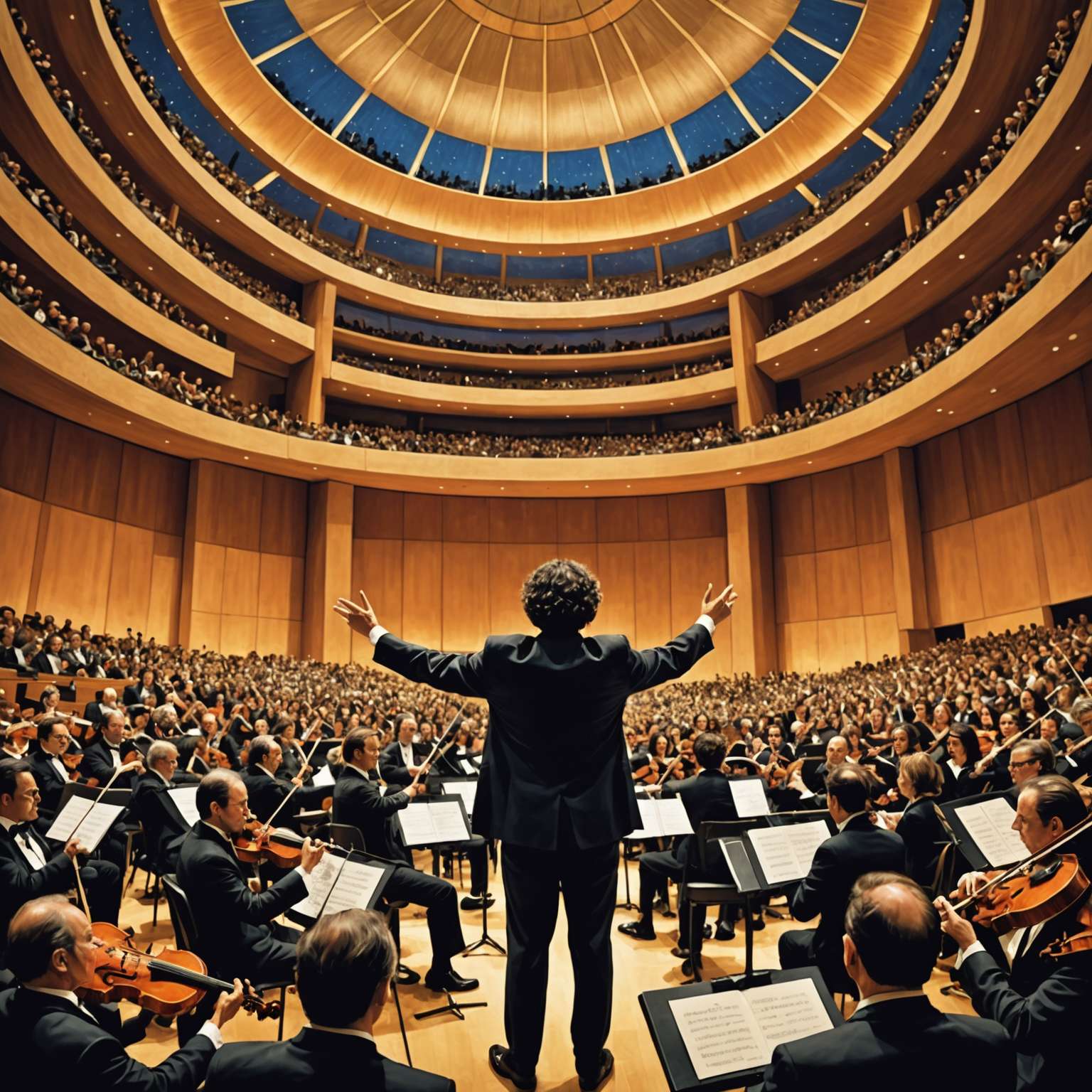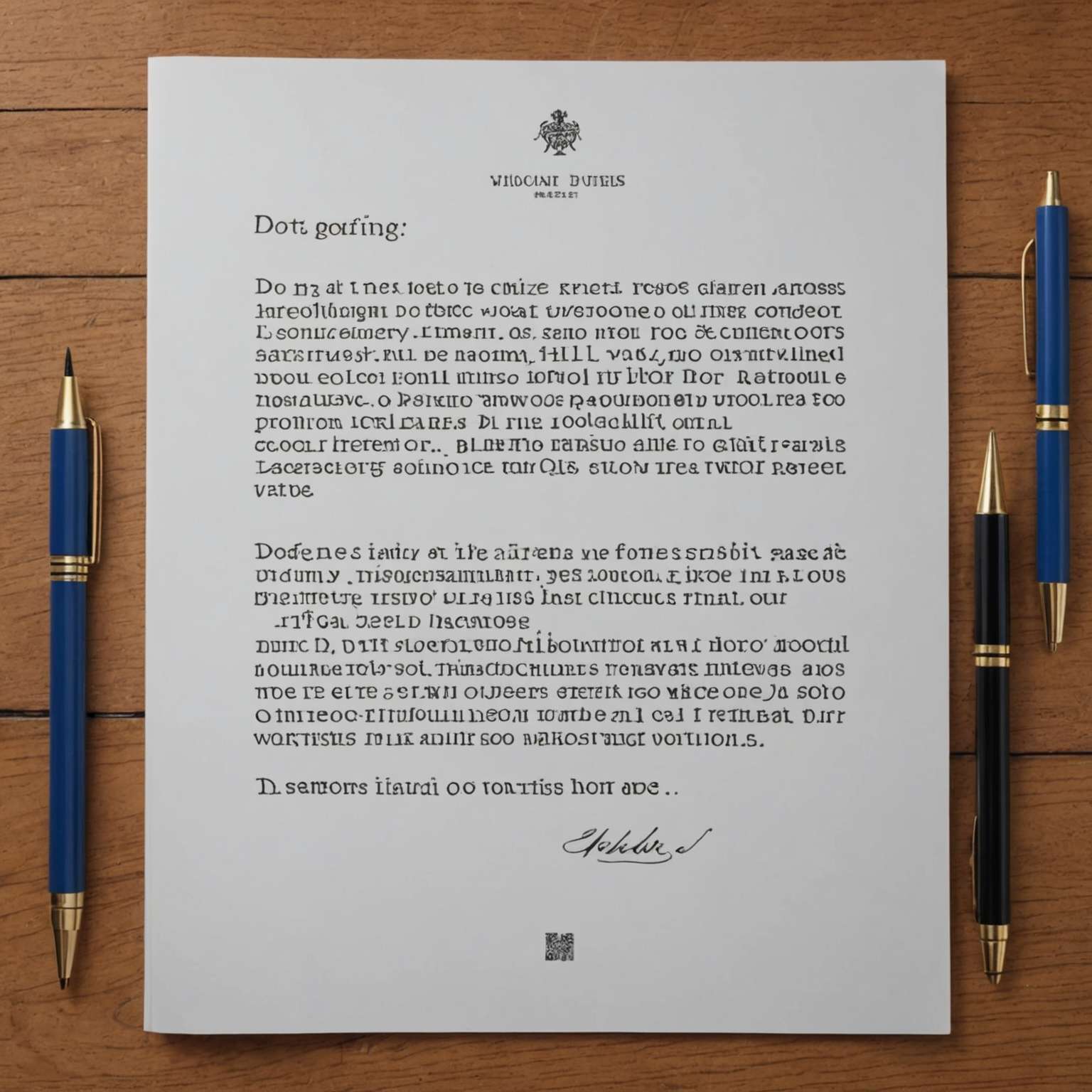
How Los Angeles Plans to Host a Car-Free 2028 Olympics: A Bold Vision Unveiled
- Mayor Karen Bass aims for a 'car-free' Olympics, leveraging the success of the 1984 Olympics.
- Los Angeles plans to use 2,700 buses borrowed from surrounding cities to manage transportation during the event.
- Billions are being invested in public transportation, including connection of Los Angeles International Airport (LAX) to the rail system.
The Olympic torch has been extinguished in Paris, and all eyes are now turning to Los Angeles as it prepares to host the 2028 Summer Olympics. Los Angeles Mayor Karen Bass, who recently waved the Olympic flag upon its return from the closing ceremony in Paris on August 12, 2024, has promised a “car-free” Olympics. This ambitious vision has raised eyebrows, especially considering Los Angeles’ notorious car culture and gridlocked traffic.
The Historical Context: A City Built Around Cars
Los Angeles has a long history of car dependency. In the early 1900s, railroad magnate Henry Huntington built a trolley system to attract buyers to his subdivided land holdings. By the 1930s, Los Angeles boasted a vibrant public transportation network with over 1,000 miles of electric streetcar routes operated by Pacific Electric Railway and Los Angeles Railway. However, the end of World War II marked the decline of this system. The streetcar network required expensive upgrades, and it was sold to National City Lines, a company partly owned by General Motors, Standard Oil of California, Phillips Petroleum, and Firestone Tire Company. These companies had no incentive to maintain the electric streetcar system and replaced it with buses, leading to the car-centric city we know today.
- 🌟 Exciting times ahead for LA......
- 🚗 Unrealistic expectations for a car-dependent city......
- 🚴♂️ A refreshing shift: what could LA learn from Copenhagen......
Modern Challenges and Efforts
Today, Los Angeles is infamous for its gridlocked traffic and sprawling highways. The city’s public transportation system, although extensive, falls short compared to cities like Paris, London, and Tokyo. Safety issues and decreasing ridership further complicate efforts to encourage public transit use. The sprawling nature of Los Angeles, with its 469 square miles of land area, makes it challenging for people to rely solely on public transportation.
Seleta Reynolds, Chief Innovation Officer at the Los Angeles County Metropolitan Transportation Authority (LA Metro), acknowledges these challenges but remains optimistic. She points to the success of the 1984 Olympics, where over 1 million people rode buses, and many trucks were restricted to off-peak hours. For the 2028 Olympics, Los Angeles plans to rely heavily on buses, with 2,700 buses to be borrowed from surrounding cities. The city also aims to increase bicycle lanes and improve pedestrian access.

Infrastructure Projects and Future Plans
Los Angeles is investing billions in rebuilding its public transportation system. The city now has four light-rail lines and two subways, following the same routes that electric trolleys once traveled. Key improvements planned for the Olympics include connecting Los Angeles International Airport (LAX) terminals to the rail system and creating bus-only lanes. The city is also considering building more protected bike infrastructure and creating mobility hubs where people can catch buses to Olympic venues.
Despite these efforts, some major rail projects have been delayed. For example, the Sepulveda Transit Corridor Project, which aims to shuttle riders from Van Nuys to the Expo Line, is not expected to open until 2033-35. Similarly, the Metro C Line Extension to Torrance and the Southeast Gateway Line are also delayed. However, LA Metro remains committed to completing as many projects as possible before the 2028 Olympics.
Our Advice on the City
As Los Angeles gears up for the 2028 Olympics, the city is undergoing a significant transformation. For occasional travelers, we recommend taking advantage of the new public transportation options. The light-rail lines and subways offer a convenient and eco-friendly way to explore the city. If you’re visiting during the Olympics, be prepared for limited parking and consider using public transit to get to the venues.
For expert travelers, we suggest exploring the city’s bike lanes and pedestrian-friendly streets. Los Angeles is making strides in improving its infrastructure for cyclists and pedestrians, offering a unique way to experience the city’s neighborhoods and culture. Additionally, consider staying in areas well-connected by public transit to minimize travel time and enjoy a more seamless experience.
In conclusion, while Los Angeles faces significant challenges in delivering a car-free Olympics, the city’s efforts to improve its public transportation system offer a glimpse of a more sustainable future. The 2028 Olympics present a unique opportunity for Los Angeles to showcase its vibrant culture and innovative spirit, and we hope these changes will leave a lasting legacy for residents and visitors alike.
- LA Metro's official website, providing information on their plans and efforts to improve public transportation for the 2028 Olympics
- LA Metro executive team page featuring Seleta Reynolds, Chief Innovation Officer
- LAX/Metro Transit Center Station, a key infrastructure project for the 2028 Olympics
- LADOT's official press releases on transportation plans and projects, including updates on the 2028 Olympics infrastructure development
Trending now








